Rausser College Photo Contest Winners
The images submitted to the Rausser College photo contest represent the wide-ranging activities of the college community and exemplify the beauty of the world we are all working to improve. Below are the winning images from our four categories: Rausser College Resilience, Scholarship Spotlight, Macro/Micro, and Research, Teaching, & Outreach in Action. Thanks to all those who submitted!
Rausser College Resilience
This year’s tumultuous events have precipitated significant changes in plans. We asked participants to share photos that show how they're adapting and continuing on despite it all.

First Place: Black Lives Matter in Berkeley
Ellie Pumpkin, Undergraduate student
The ubiquity of systemic racism that was brought to light this year prompted a nationwide movement for institutional change and social justice. Students at Berkeley High School organized several protests over the summer, including this Stand with Black Youth march that attracted hundreds of attendees. Equipped with masks and signs, protestors marched from San Pablo Park to Berkeley High and ended the day with a 'Black Lives Matter' street painting in large yellow letters.
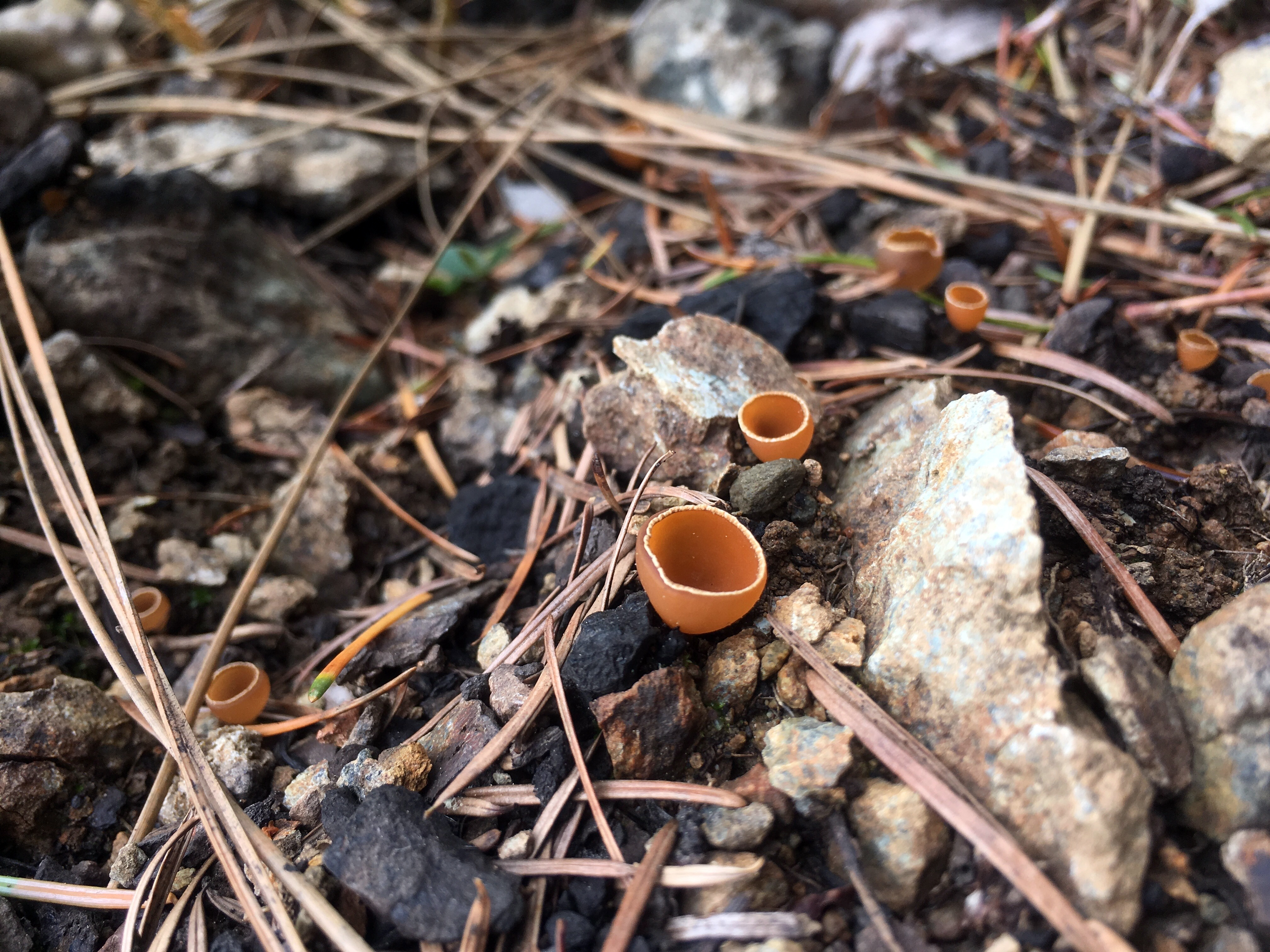
Second Place: Resilience
Monika Fischer, Alum and Postdoc
Fungi are a beacon of life that emerges soon after even the most devastating wildfires. Here the fungus Geopyxis carbonaria fruits amid charcoal from the 2018 Camp Fire.
Scholarship Spotlight
This category called for photos showing researchers in the lab or the field, or using the tools of their trade, and could also include depictions of citizen science initiative, Cooperative Extension work, volunteering with a local nonprofit, or educational opportunities on or off campus.
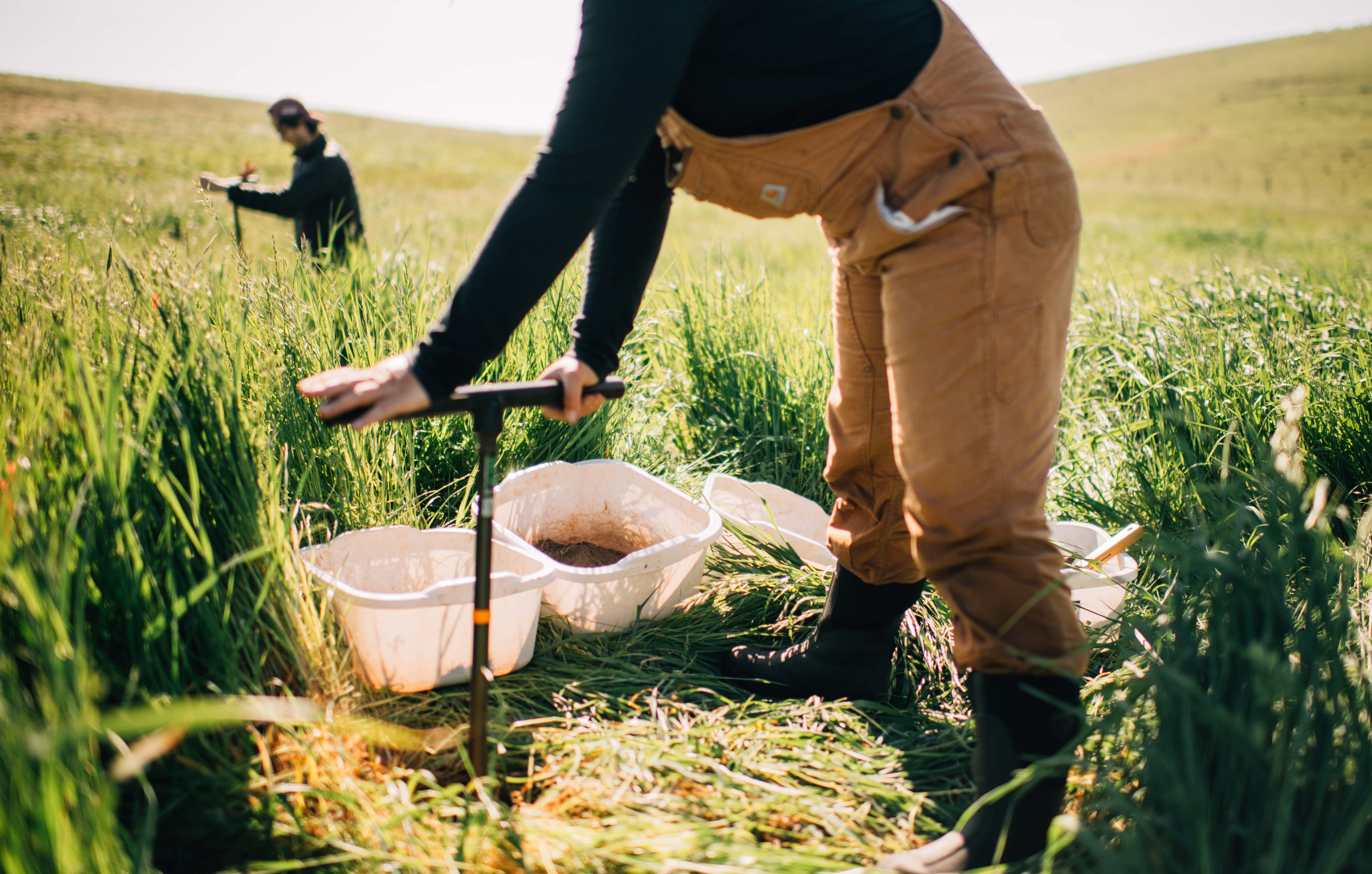
1st Place: Soil samples
William Brinkerhoff, Alumnus
Paige Stanley is taking soil samples for her PHD project. Stanley studies the ecosystem services provided by grazing livestock, as well as methods used by farmers to sequester carbon.
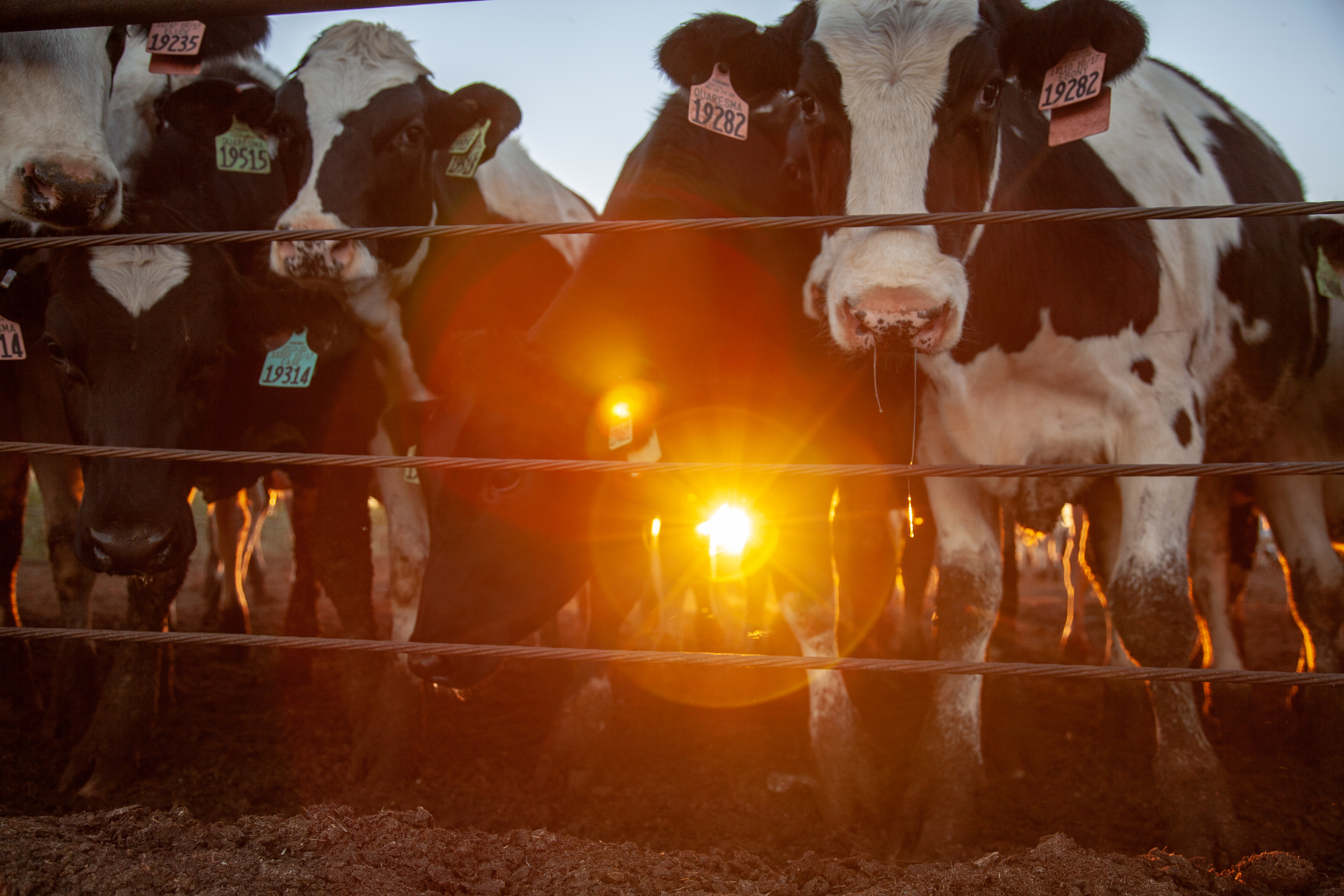
Second Place: A Central Valley dairy
Vera Chang, PhD Student
With corporate control of the market, plummeting milk prices, and farm closures and consolidations, the United States dairy industry has shifted to a large-herd production model for economies of scale. Thirty years ago, the average dairy farm milked 80 cows; today, the average farm milks 1,300. Here, you see cows at a Central Valley dairy farm.
Macro/Micro
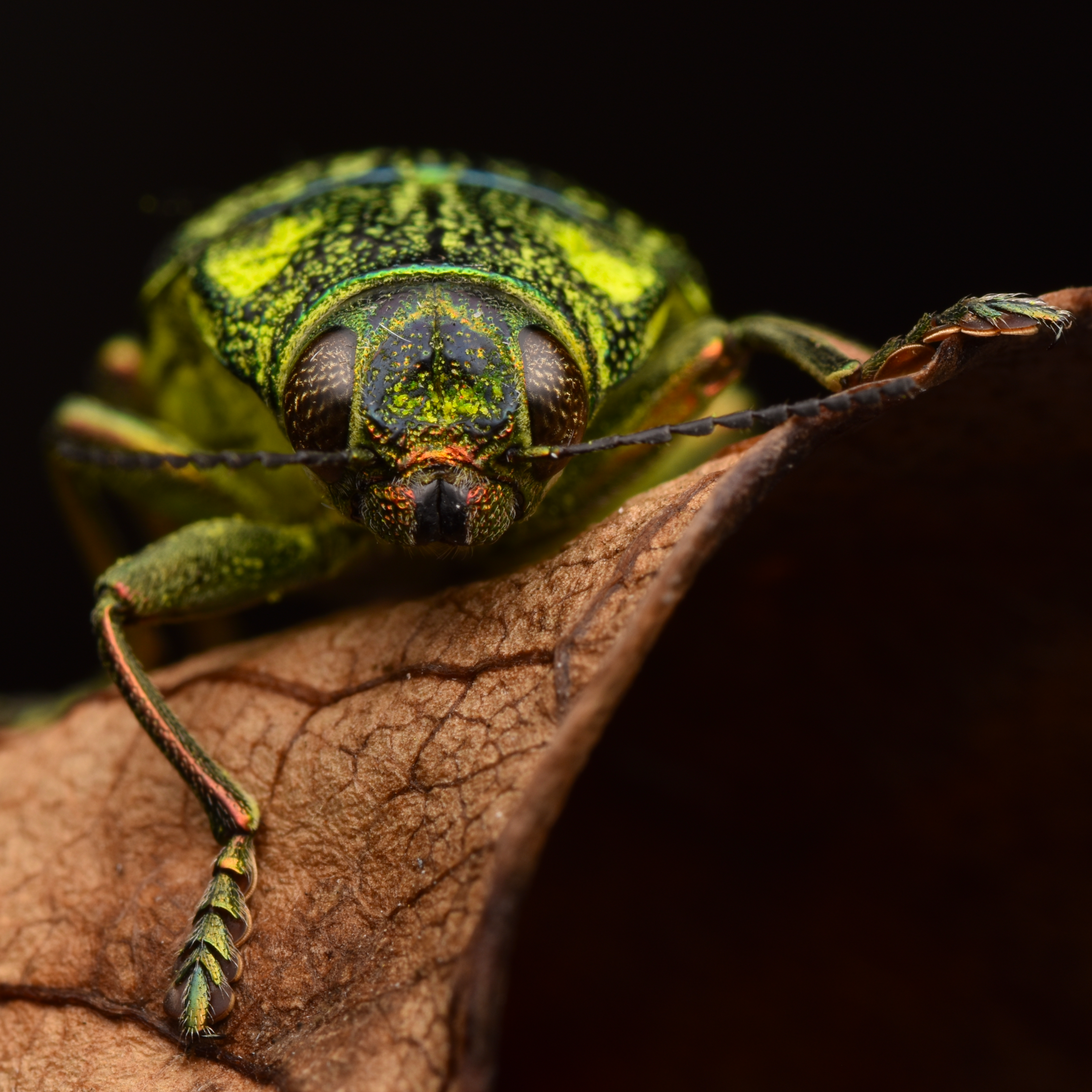
First Place: Infamous Jewel of Pescadores
David Hung, Alum
A Chrysodema dalmanni Eschscholtz (family Buprestidae) is seen here perched on crumpled foliage. Such large and colorful beetles were brought to the subtropical Penghu archipelago via human interference promoting species dispersion. This photo is part of an ongoing personal and educational project to photograph all Taiwanese Insecta species.

Second Place: Oogenesis
Mark Khoury, PhD Candidate
Shown here is part of a single ovariole from an adult female fruit fly ovary. The ovariole consists of an assembly line of developing egg chambers in single file. Each ovary contains about 20 ovarioles. Each egg chamber consists of the developing germline (center) surrounded by a single layer of epithelial cells (green and magenta). The nurse cells will provide nutrients and other molecules for the egg, which will be transferred to the egg all at once in a process called “cytoplasmic dumping.” The epithelial cells will eventually secrete the eggshell and play a major part in shaping the egg from its initial spherical shape into a football shape.
Research, Teaching, and Outreach in Action
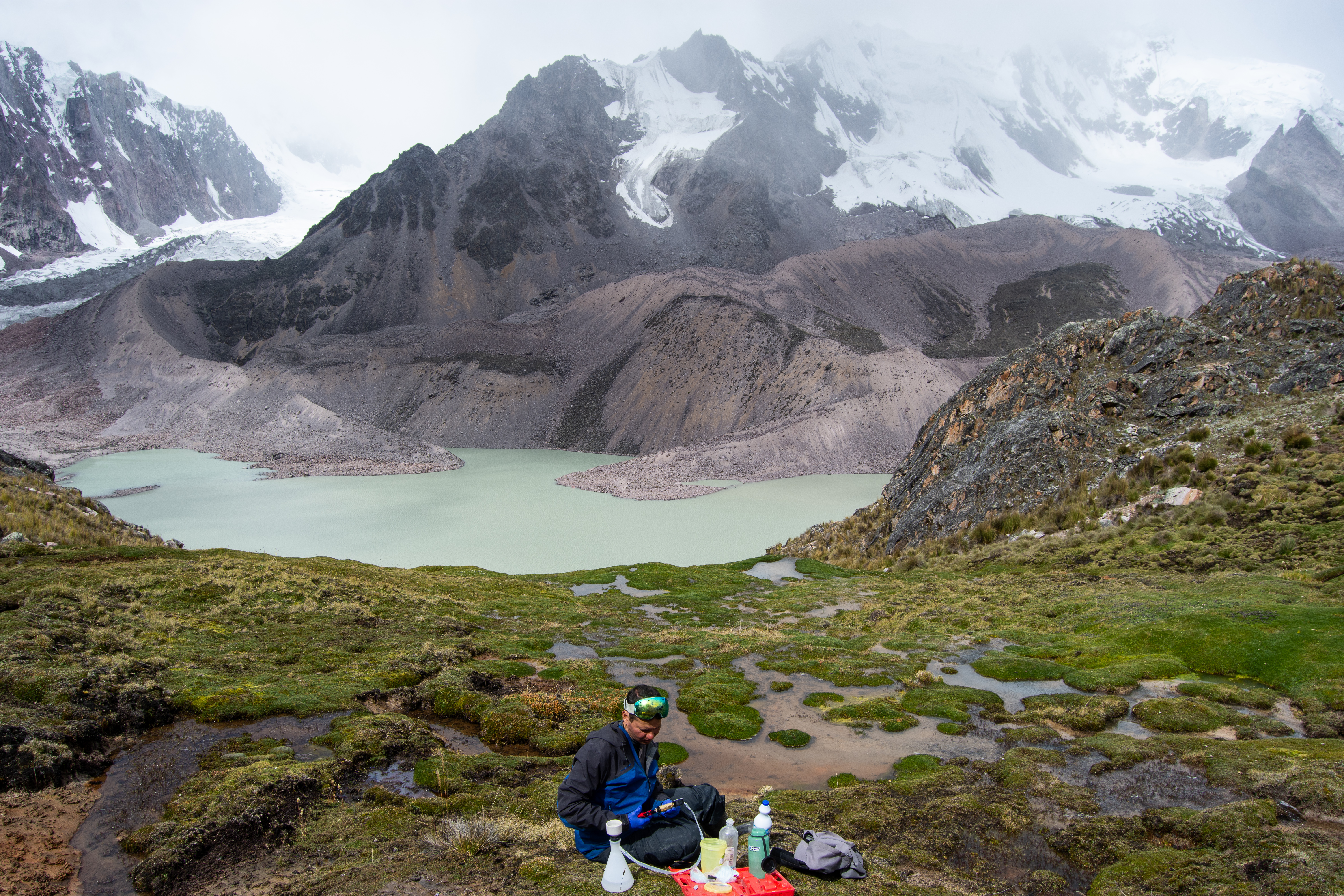
First Place: The impacts of introduced trout
Emma Steigerwald, PhD Candidate
In order to study the impact of introduced North American rainbow trout on native amphibians and aquatic invertebrates of the Cordillera Vilcanota, Peru, Emma's team filtered environmental DNA from water in over 50 sites across the study landscape. Here, field technician Anton Sorokin filters water at a site at about 5000 meters above sea level (16,400 feet). We wouldn't expect to find trout at this site, but trout are incredibly prevalent, so it was important to include both streams with and without trout in this analysis.
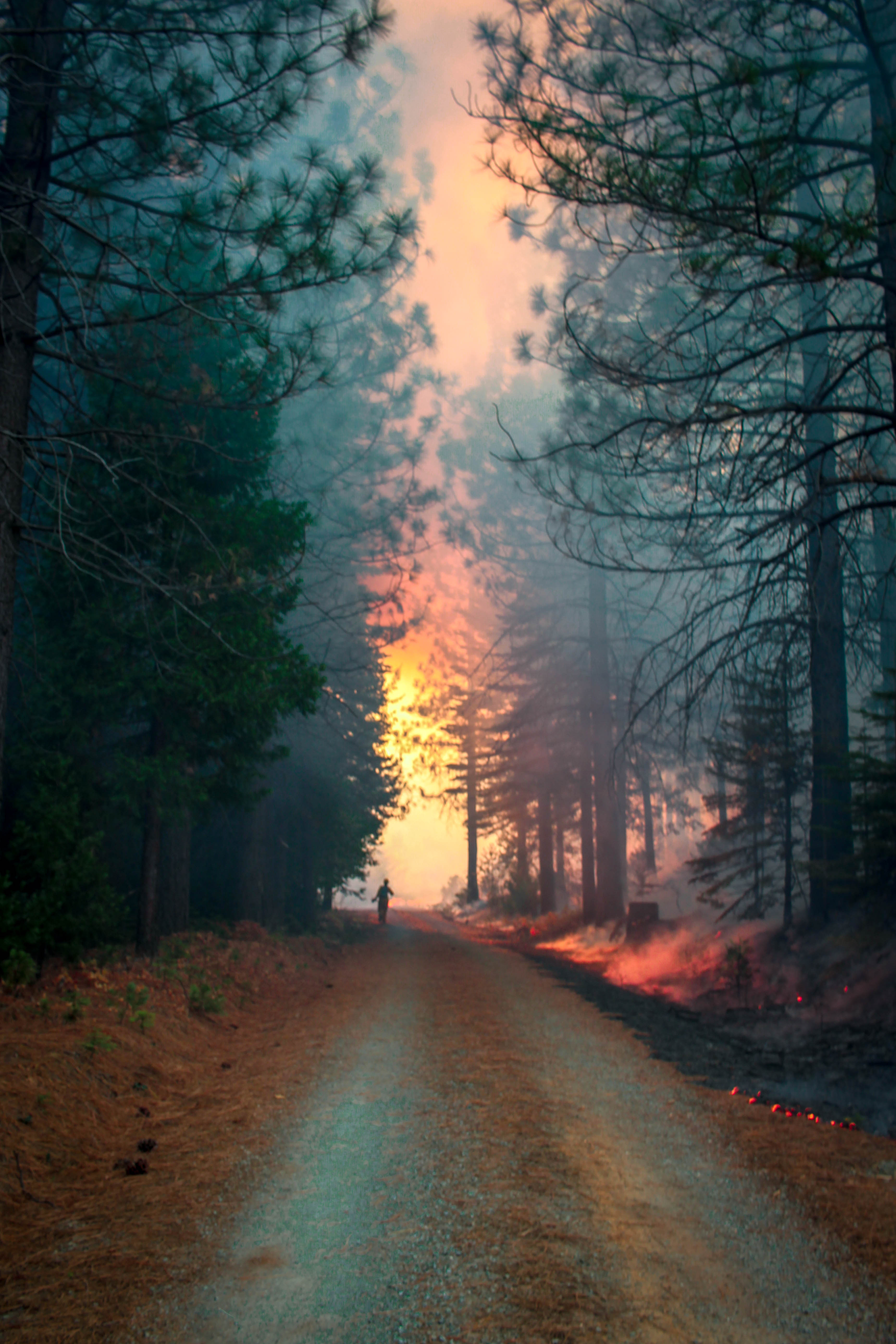
Second Place: Prescription burn in Blodgett Forest
Neem Patel, PhD Candidate
This photo was taken while I was conducting a prescription burn in Blodgett Forest Research Station in 2018. While there are several ongoing research projects associated with prescription burning and the effects of fire, we are particularly interested in how the soil microbial communities here respond to fire.
